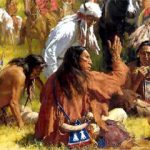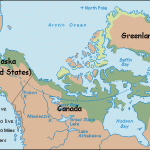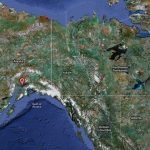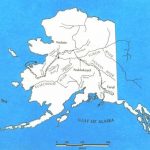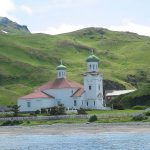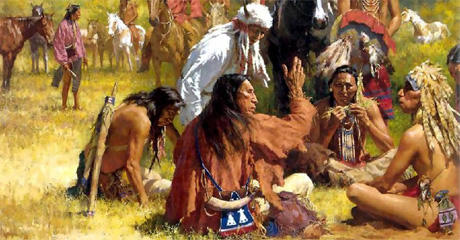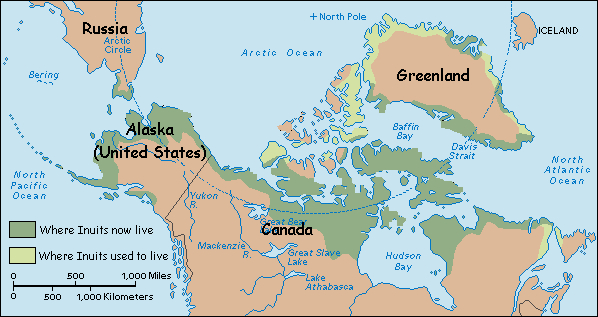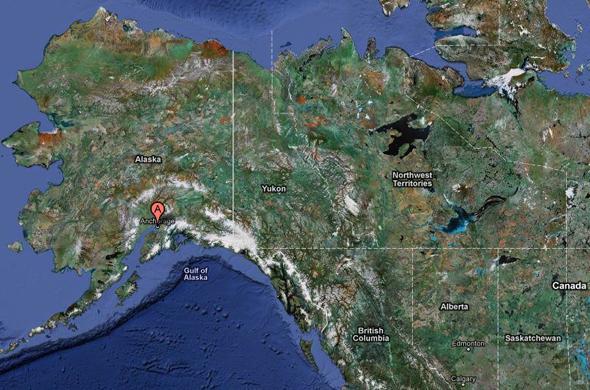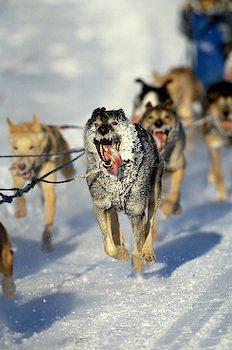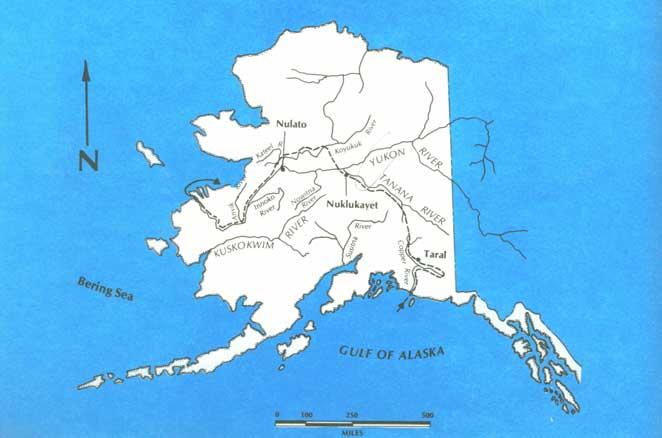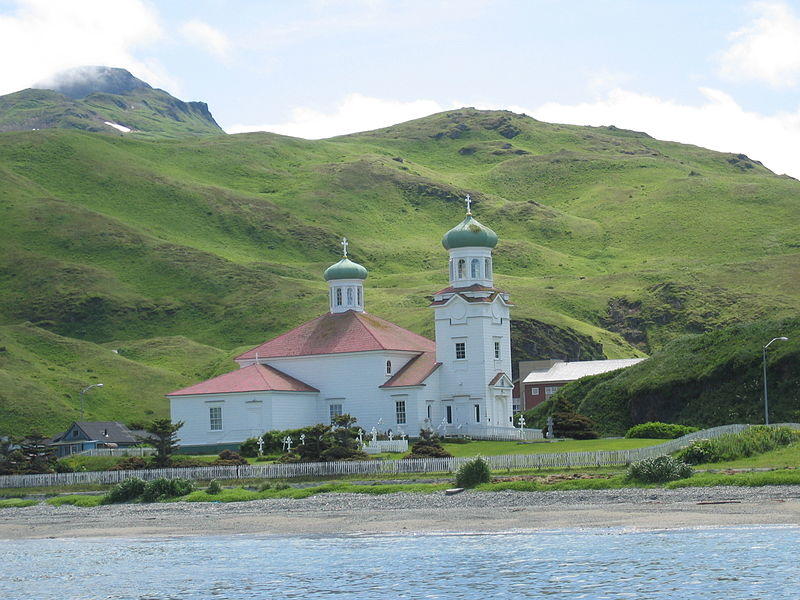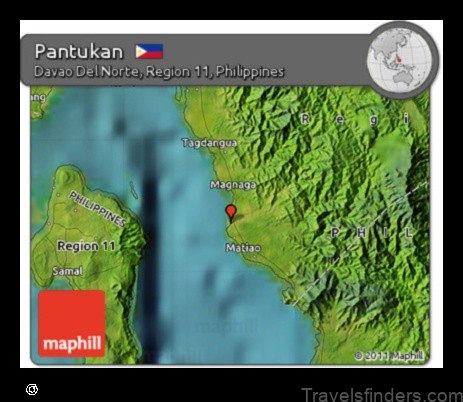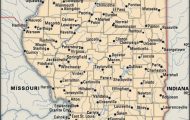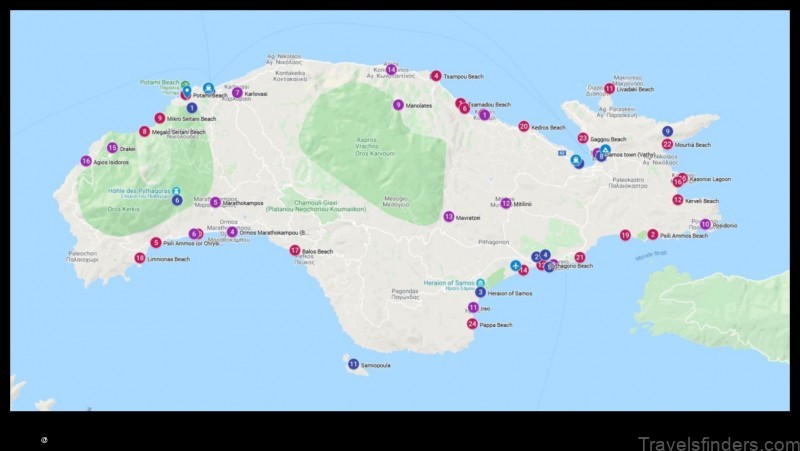For many Alaskans, Latino is synonymous with Mexican. Occasionally, some Alaskans assume that all Latinos are of Mexican descent, perhaps because the majority of Latinos in Alaska are Mexicans. However, the population of Alaska includes Latinos from Central America, South America, and the Caribbean. Such confusion is also part of the history of Fairbanks. An Italian who discovered gold in 1902 in the Tanana Valley, near Fairbanks, is known as Felix Pedro, but his real name was Felice Pedroni. The use of the name Felix Pedro leads many to believe that he was Latino, not European.
Alaskans’ confusion with Latinos’ ethnic origins probably arises from the strong presence of Mexican cuisine in the interior of the state (Fairbanks), south central Alaska (Anchorage Borough, Soldotna, Kenai, Homer, and Valdez), southeastern Alaska (Juneau, Petersburg, Sitka, and Ketchikan), the North Slope (Barrow), and Kodiak Island. Approximately 7 percent of the restaurants in Anchorage offer primarily Mexican cuisine. Certainly, Mexicans have lived in Anchorage for
decades, as is evidenced by a factory named Taco Loco that assumed operations in the 1960s. Currently, Taco Loco products include tortillas, chips, and salsa that are distributed across Alaska. Anchorage is the only city with Latino markets (Bodega Hispana and La Flor de Tijuana) offering products that are difficult to come by for Latinos in other Alaskan cities. However, large chains of supermarkets in Fairbanks and Anchorage contain modest sections of ethnic foods for Latinos.
Latino cuisine in Alaska attracts people from the Latino community, as these restaurants are one of the few places where Spanish is spoken and the cultural diversity of Latinos is evident. Latino culture and identity are represented in the names of Latino restaurants. Names such as Jalapenos and Cilantros are representative of Latino condiments in food, while other names, such as El Chicano, Azteca, El Sombrero, and Acapulco, are representative of Mexican culture. In North Pole, a small town in the interior near Fairbanks, the Mambo Grill offers Latino cuisine from South and Central America, including the Caribbean (Cuba, the Dominican Republic, and Puerto Rico), making it a must-visit restaurant for the Latino community.
In the Mexican restaurants of Fairbanks and Anchorage, it is common to hear guests and employees speaking Spanish. However, the situation in Pepe’s North of the Border, a Mexican restaurant in Barrow, is slightly different, because the owner is of European descentalthough employees at the restaurant do speak Spanish. Pepe’s North of the Border is influenced by the Mexican friends of Fran Tate, who established the restaurant in 1978. The restaurant is very famous among locals and tourists visiting Barrow from all over the world, because it is the only Mexican restaurant in town and the northernmost Mexican restaurant in the United States. In the 1980s an article about Tate and her Mexican restaurant was published in the Wall Street Journal, and Tate was a guest on Johnny Carson’s Tonight Show.
Besides the evident influence of Latinos throughout Mexican and Latin American cuisine in Alaska, various Latino organizations sponsor events, such as Cinco de Mayo celebrations, that enrich cultural identity during Hispanic Heritage Month. Because Anchorage is the state’s most populous city, most Latino organizations are located there. These include the Anchorage Latino Lions, Anchorage Hispanic Cultural Committee, Alaskans Concerned About Latin America, Association of Latin American Students, and Consejo de Latinamericanos en Alaska para Servicios Especiales (Council of Latin Americans in Alaska for Special Services, or CLASE). CLASE focuses on meeting the needs of the Latin American community with social services and programs related to education, migration, and citizenship, among other issues related to public policy.
Eielson Air Force Base, near Fairbanks, also holds several events during Hispanic Heritage Month to celebrate the culture, traditions, and contributions of the Air Force’s Latinos. In 2006, Ivette Fernandez, a Mexican American who is active in Latino community events in Fairbanks, was the guest speaker for one of the Air Force events.
Eielson Air Force Base Latinos and Latinas: Princess Rivera, Gloria Wilson, Gloria Harrison, Johanna Gonzalez, Alex Paz Rivera, Ray Hernandez, Robert Palos, Victor Valencia, and Enrique Carrillo. Courtesy of Office of Multicultural Affairs and Diversity (OMAD) from the University of Alaska Fairbanks.
In Fairbanks, Latinos Unidos del Norte, a community organization, and the Hispanic or Latino Awareness Organization (HOLA) a student organization, together with the UAF Office of Multicultural Affairs and Diversity, sponsor fundraising events for two scholarships awarded to two Latinos at the University of Alaska at Fairbanks. One scholarship goes to a college freshman, and the other to a continuing student; both include a tuition waiver for a year and $1,000 from Latinos Unidos del Norte.
During the spring of 2007, the group Tezkatlipoka Danza Azteca, from Southern Mexico, performed traditional and ceremonial dances as part of the Festival of the Native Arts in Fairbanks. Most of the music on the radio stations of Fairbanks is in English, but Latino music can be requested on Friday afternoons at the UAF campus station, KSUA, which features a Latino disc jockey, Jose Cruz-Gomez. In Anchorage, KSKA hosts radio shows in Spanish from Sunday to Tuesday.
Religious services in Spanish are available in Fairbanks at the Sacred Heart Cathedral, at UAF for students who are Catholics, and at the Kingdom Hall of Jehovah’s Witnesses. In Anchorage, Our Lady of Guadalupe is one of the churches visited by some of the Latinos. The Virgin of Guadalupe is the patron saint for Mexicansand, increasingly, for many Latinos.
NOTE
1. Population percentages and other demographic statistics reported in this chapter are based on data compiled from the U.S. Census Bureauspecifically, the 2000 and 2005 population estimates. The State and County QuickFacts of Alaska are available online at http://quickfacts.census.gov/qfd/states/02000.html (accessed January 17, 2007), and the 2005 American Community Survey is available online at http://factfinder.census.gov (accessed February 3, 2007).
BIBLIOGRAPHY
Alaska Conservation Foundation. Guide to Alaska’s Cultures. Anchorage, AK: Alaska Conservation Foundation, 2004.
Alaska United Gold Mining Company. Seventeenth Annual Statement. Superintendent’s Report, Balance Sheet, and Profit and Loss Account. Douglas Island, AK, 1912. Baker, Rachel, John Boucher, Neal Fried, and Brigitta Windisch-Cole. Long-Term Retrospective: Alaska’s Economy since Statehood. Alaska Economic Trends 19 (December 1999): 3-21. http://almis.labor.state.ak.us.
Ben-Yosef, Tamar. Rural Villages Living with Effects of No Running Water. Fairbanks Daily News-Miner, January 3, 2007, A1, A8.
Chronological History of Alaska. Statewide Library Electronic Doorway.
http://sled.alaska.edu/akfaq/akchron.html (accessed January 15, 2007).
Curteich, John H. History of Alaska: Land, People, and Events. Westlake Village, CA: John Hinde Curteich, 2002.
Ferrell, Nancy Warren. Destination Valdez. Minneapolis, MN: Lerner Publications Company, 1998.
Fried, Neal, and Brigitta Windisch-Cole. The Military Is Big Business in Anchorage. Alaska Economic Trends 26 (June 2006): 4-14. http://almis.labor.state.ak.us.
Kidder, Lyn. Tacos on the Tundra: The Story of Pepe’s North of the Border. Anchorage, AK: Bonaparte Books, 1996.
Legislative Bulletin #19-6. Mayor Rocky Gutierrez, A Pioneer in Municipal Government. Juneau, AK. April 14, 1995.
Olson, Wallace M. The Spanish Exploration of Alaska, 1774-1792. Auke Bay, AK: Heritage Research, 2004.

